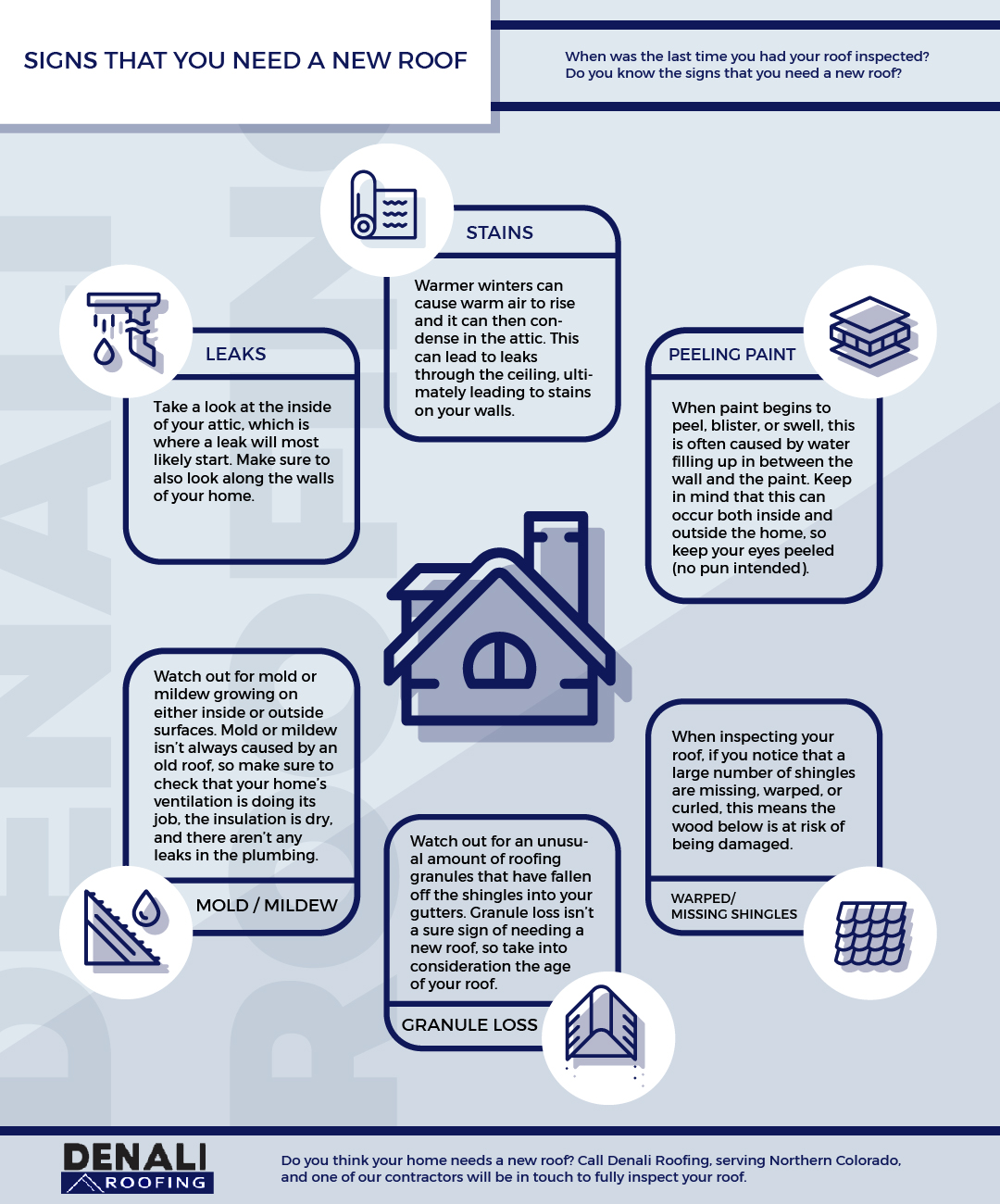The Importance Of Roofing System Air Flow In Achieving A Successful Setup
The Importance Of Roofing System Air Flow In Achieving A Successful Setup
Blog Article
Web Content Produce By-Byrne Manning
When you're tackling a roof task, you may not assume much regarding roof covering air flow, however it's more vital than you understand. Effective ventilation aids manage temperature and wetness in your attic room, avoiding issues like mold and structural damages. By understanding just how to create and set up a balanced air flow system, you can enhance power effectiveness and prolong the lifespan of your roof covering materials. So, what are the crucial elements to take into consideration throughout installment that can make all the distinction?
Importance of Roof Air Flow
Roofing air flow plays a crucial function in maintaining the overall health and wellness of your home. By enabling fresh air to distribute via your attic room, it assists regulate temperature level and moisture levels. This equilibrium is vital to prevent heat buildup throughout warm months, which can bring about enhanced power costs as your air conditioning burns the midnight oil.
Moreover, correct ventilation significantly minimizes the risk of moisture-related problems like mold and mildew. If moisture levels increase, your home's architectural honesty can be jeopardized, bring about pricey repair services. You wouldn't intend to handle decomposing timber or deformed roofing products, right?
Furthermore, ample air flow prolongs the life-span of your roof. When solar panel installation and moisture are kept in check, your roof can carry out efficiently, protecting against premature wear and tear. This means less migraines and costs down the line.
How Roof Air Flow Functions
Reliable roofing system ventilation depends on the all-natural activity of air to develop a balance in between consumption and exhaust. When you set up vents, you're essentially permitting fresh air to enter your attic room while allowing warm, stale air to escape. This procedure aids manage temperature level and wetness degrees, stopping issues like mold and mildew development and roof covering damage.
Intake vents, normally found at the eaves, reel in awesome air from outside. On the other hand, exhaust vents, situated near the ridge of the roof, allow hot air surge and exit. The distinction in temperature produces an all-natural air flow, called the stack effect. As cozy air rises, it creates a vacuum cleaner that draws in cooler air from the reduced vents.
To enhance this system, you require to guarantee that the consumption and exhaust vents are appropriately sized and placed. If the consumption is restricted, you won't achieve the wanted air flow.
Also, not enough exhaust can trap heat and dampness, leading to potential damages.
Trick Installation Considerations
When mounting roof ventilation, a number of crucial considerations can make or damage your system's effectiveness. Initially, https://kevsbest.com/best-roofing-contractors-in-charlotte/ require to evaluate your roof covering's layout. The pitch, form, and products all affect air flow and air flow selection. Make certain to select vents that fit your roof type and neighborhood climate problems.
Next off, think about the positioning of your vents. Preferably, you'll desire a balanced system with consumption and exhaust vents placed for ideal airflow. Area intake vents low on the roof and exhaust vents near the top to motivate an all-natural flow of air. This setup assists stop moisture buildup and advertises power efficiency.
Do not ignore insulation. Appropriate insulation in your attic room prevents warm from escaping and keeps your home comfortable. Make certain that insulation does not block your vents, as this can hinder air flow.
Lastly, consider maintenance. Choose air flow systems that are easy to gain access to for cleansing and inspection. Routine upkeep guarantees your system remains to work successfully gradually.
Final thought
Finally, roof covering ventilation is crucial for an effective setup. By making sure proper air movement, you can prevent warm accumulation and dampness concerns that result in pricey damage. When you strategically setting intake and exhaust vents, you enhance energy performance and lengthen the life expectancy of your roofing. Bear in mind, a well-ventilated roof covering not just safeguards your investment however also boosts your interior air top quality. So, focus on air flow to ensure a resilient and cost-efficient roofing system for your home.
